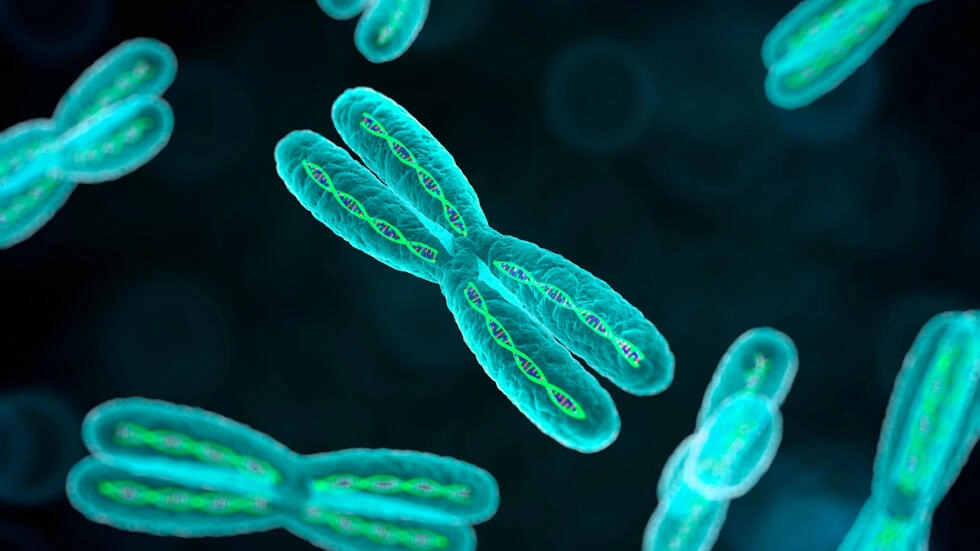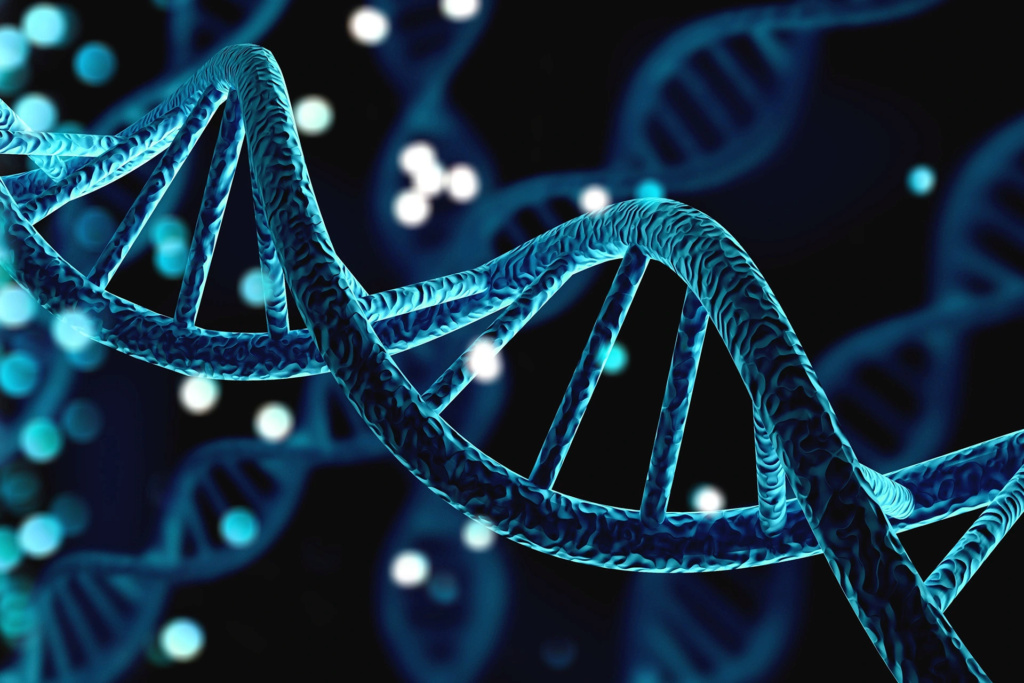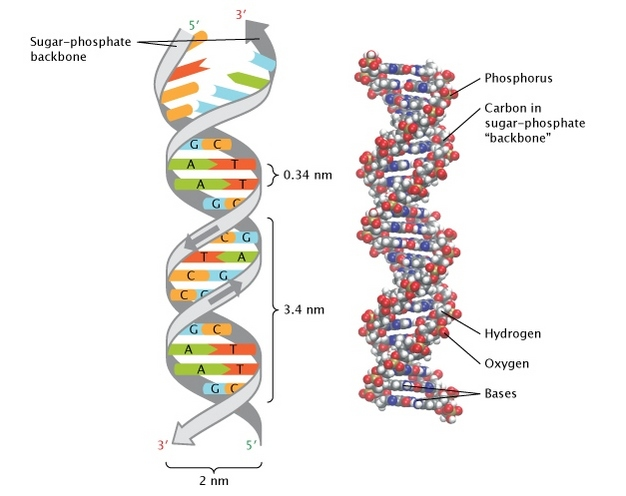DNA: a fundamental scientific discovery

Chromosomes are made up of DNA that carries genes.
On April 25, 1953, in the scientific journal Nature , two young researchers, James Watson and Francis Crick, published a one-page article. Their work revolutionizes knowledge of biology and genetics: they describe the structure of the deoxyribonucleic acid molecule – DNA.
?What is DNA
DNA, which stands for "deoxyribonucleic acid", is the molecule that contains an individual's genetic code. This genetic information is present in every cell of the human body. The genetic code corresponds to a succession of four nucleotides. The nucleotide is the building block of DNA and ribonucleic acid (RNA), they are organic molecules composed of three parts: a sugar with five carbon atoms, a nitrogenous base and one or more phosphate bases. They are distinguished by the letters ACGT: adenosine, cytidine, guanosine and thymidine. Thus, each combination constitutes a genetic code specific to each living organism which is unique.

?What is the structure of DNA
DNA is a double strand that forms a double helix and is connected by bars that look like the steps of a ladder. Depending on the species, the structure is different. Living beings are divided into two types: prokaryotes (bacteria) and eukaryotes. The DNA of prokaryotes is circular in shape and that of eukaryotes is in the form of chromosomes. For example, the human species has 23 pairs of chromosomes. The double helix, depending on the cell multiplication cycle, can shrink sharply to allow cell division and the obtaining of two identical cells having the same composition.
?What is his role
DNA is the molecule that carries an individual's genetic code, that is, all the information necessary for the conception and development of a living being. This molecule contains all the hereditary information of an individual and which is the basis of the genes. The gene occupies a specific position in a chromosome. It may happen that some genes are "defective". In this case, the body is likely to develop diseases. These are called genetic diseases.
An individual's unique genetic code can mutate and change. It is the essential characteristic in the evolution of species, Darwin's famous theory established long before the discovery of the existence of DNA.
DNA and genetics
Modern biology and biochemistry use very sophisticated techniques to manipulate DNA and multiply or partially modify it to improve the characteristics of a species. This technique is performed to produce genetically modified organisms in medicine or in agriculture.

DNA, an indispensable weapon of the scientific police
All it takes is a tiny sample of blood, semen, saliva, skin or hair found at a crime scene to determine a suspect's DNA fingerprint. The scientific police are sequencing the DNA segments which will be compared with those of the suspect individuals. Today, Interpol's DNA Profile Database (established in 2002) contains more than 247,000 profiles submitted by 84 member countries. The DNA sequence analysis method is much more reliable than that of fingerprints, but sometimes identification can be more difficult if the crime scene is contaminated with traces of several people.
History and anthropology
DNA multiplies mutations over time and new characteristics are passed on by heredity. Molecules contain information that can be analyzed by geneticists. For example, it is possible to retrace the evolutionary history of a species by comparing sequences from different historical periods. Thus, biologists can trace the evolution of a species through centuries. Studies in anthropology make extensive use of DNA sequences to determine the migrations and admixtures of different peoples over a long historical period.
Finally, scientists, like Dr. Philippe Charlier , anthropologist and pathologist, use science and DNA to solve the mysteries of history. After analyzing Tutankhamun's DNA, authenticating the mummified head of King Henry IV of France, Philippe Charlier even talked about the remains of the heart of English King Richard I, known as Richard the Lionheart , who died in the 12th century.
Source : websites

